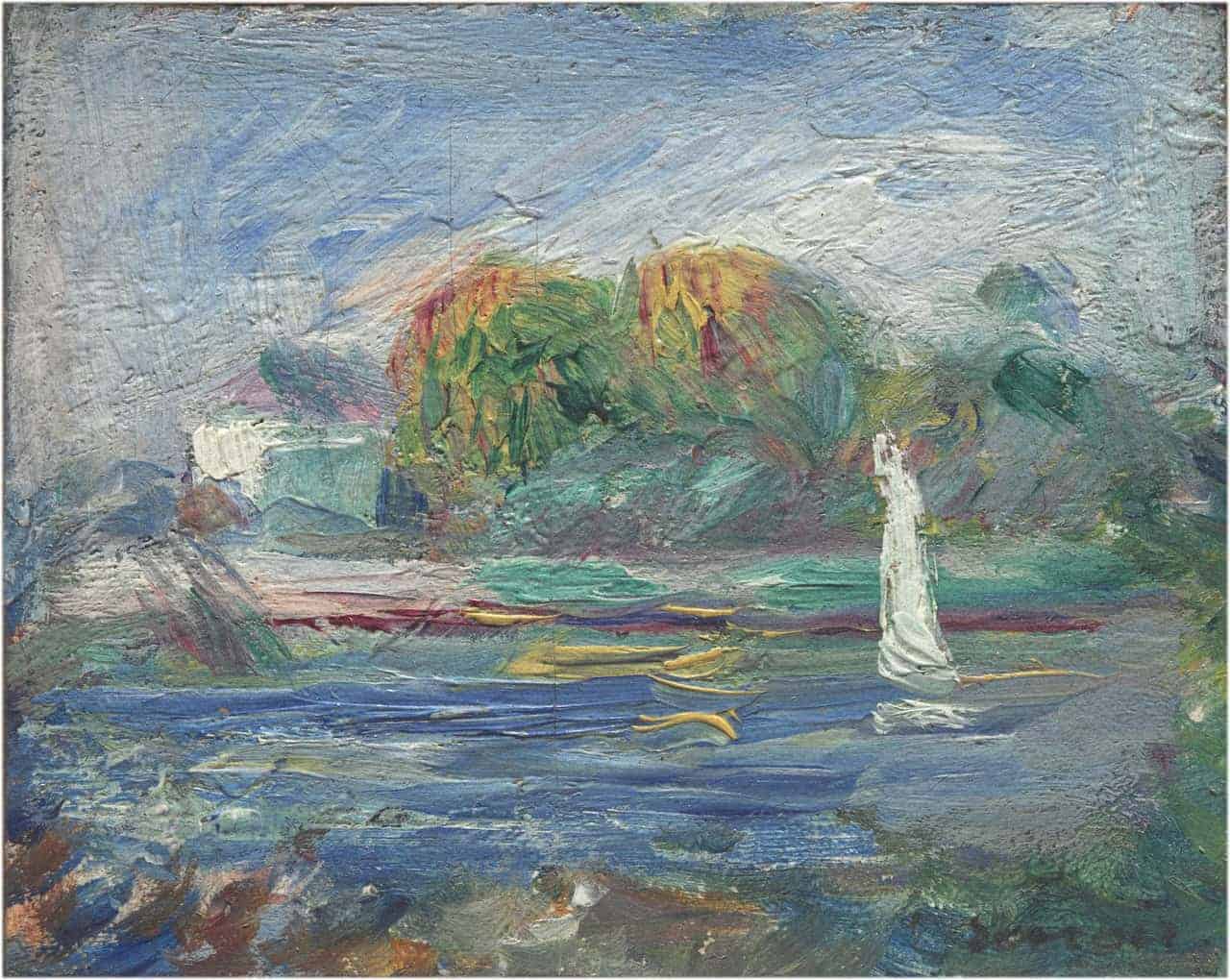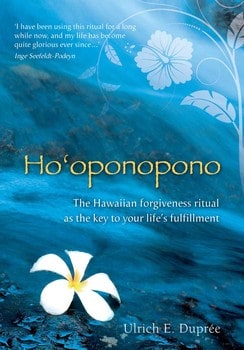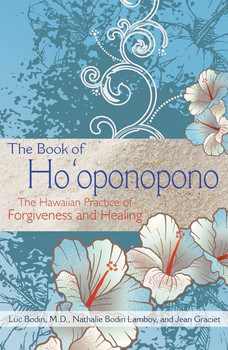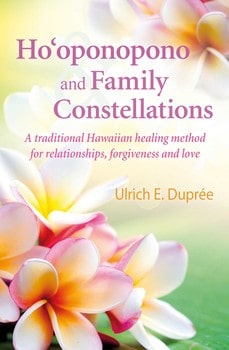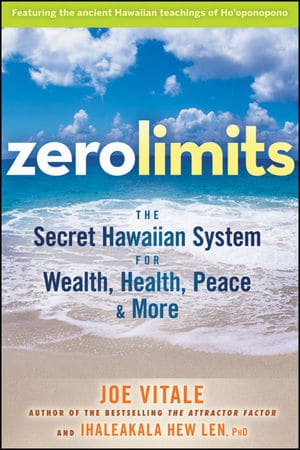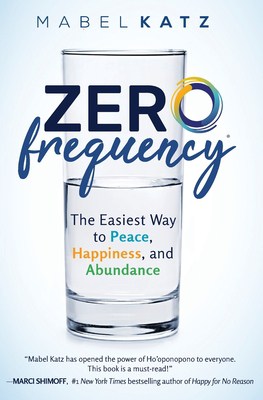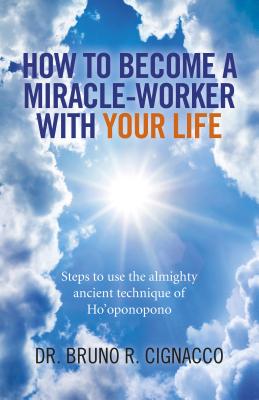Therapy and Spirituality
Ho’oponopono: Traditional Form, Modern Practice, and Benefits
THC Editorial Team October 10, 2021

Contents
- Overview
- What Is Ho’oponopono?
- Background
- Traditional Ho’oponopono
- Modern Self I-Dentity Through Ho’oponopono (SITH)
- How Does Modern Ho’oponopono Work?
- Potential Benefits of Ho’oponopono
- Limited Research Availability
In today’s high-stakes and high-stress world, people often seek out nonmainstream healing practices used in many parts of the world.1 Currently, these practices are often known as complementary or alternative medicine, typically referred to simply as CAM.2 The past 2 decades have garnered such an increase in CAM practices that these practices rival traditional medicine in many nations, including the United States and Australia.1
Although CAM can be used on its own, doctors find that implementing CAM with Western medicine can benefit individuals.3 One CAM technique that has seen increased use is the ancient Huna practice of ho’oponopono.
What Is Ho’oponopono?
Derived from the Huna (meaning “secret”) tradition based on ancient Hawaiian religious principles,4 ho’oponopono is a prayer-based healing practice from Hawaii that promotes forgiveness. This practice, loosely translated as “to make right, orderly, or correct,” focuses on healing both the self and others, problem solving, and conflict resolution. Used by shamans and other healers in ancient times, this practice was sought by individuals, families, and communities to bring peace and healing.5
Through ho’oponopono, in its modern, popularized form, individuals make things right within themselves and with others by repeating the following prayer or mantra: “I’m so sorry. Please forgive me. Thank you. I love you.” Through such repetition, people learn to change their mindsets to promote healing and overall well-being by recontextualizing their memories. Practitioners of ho’oponopono believe that a person’s thoughts and memories create their reality; if one feels pain, it is caused by a memory. This practice allows people to “clear away” their memories and free themselves from them.6
It might seem difficult to believe that any healing can happen with a simple repetition of a mantra, or prayer. However, research has supported that prayer can be effective in bringing about improved physical and mental health.7
What Is the Background of Ho’oponopono?
This ancient form of Huna healing was traditionally practiced in the Polynesian islands in the South Pacific. It was used as a form of conflict resolution within families or communities and between the different kingdoms in the region to generate peace and harmony among people, within individual relationships, and even throughout the land itself. The original practice was oriented more toward the community than the individual. The ancient Hawaiians believed that physical illness was a punishment from the gods for social entanglements and disputes, so conflict resolution through ho’oponopono was a necessary tool.8
The Steps in Traditional Ho’oponopono
Traditional ho’oponopono follows these steps:8
- A gathering of the disputants by a “high-status” family or community member who knows the parties
- An opening prayer to the gods (or God)
- A statement of the problem to be solved or prevented from growing worse
- A questioning of the involved participants by the leader
- Replies to the leader and a discussion channeled through the leader
- Periods of silence
- Honest confession to the gods (or God) and to each of the disputants
- Immediate restitution or arrangements to make restitution as soon as possible
- The “setting to right” of each successive problem that becomes apparent as ho’oponopono proceeds (repeating the previous steps if necessary)
- Mutual forgiveness of the other and releasing them from guilt, grudges, and tensions from the wrongdoing
- A closing prayer
- A meal or snack
Modern Self I-Dentity Through Ho’oponopono (SITH)
Morrnah Nalamaku Simeona, a native Hawaiian Kahuna Lapa’au and renowned healer who grew up practicing Hawaiian traditions,9,10 modified and updated the traditional community practice in the mid-1970s to Self I-Dentity Through Ho’oponopono (SITH), a more personalized form of the Hawaiian problem-solving process.11
One of her students, Dr. Ihaleakala Hew Len, a clinical psychologist, brought further notoriety to the practice when it was claimed that he treated an entire ward of criminally insane individuals without seeing them by using ho’oponopono to heal himself over a period of 4 years.12
According to Dr. Ihaleakala Hew Len, SITH consists of:12
- An intrapersonal problem solving technique.
- Only you and the I (or God) are involved.
- Only you are physically present.
- Repentance is to the I (or God).
- Forgiveness is from the I (or God).
Practitioners of ho’oponopono, like Len, believe in the shared consciousness of all human beings; by healing himself, he was able to, as Len put it, “clean the part of me that I shared with them.” According to the story, those who were shackled and violent in the ward before Len’s intervention were allowed to walk freely, heavily medicated individuals saw their medications reduced, and those who had been unlikely to be permitted to live outside the institution were released.13
Whether the mass-healing story can be believed or not, the ancient Huna practice of ho’oponopono is slowly gaining popularity as a form of CAM that both individuals and therapists can use. There are plenty of self-help books and presentations at seminars that can attest to this ancient healing’s growing popularity.
Through ho’oponopono, in its modern, popularized form, individuals make things right within themselves and with others by repeating the following prayer or mantra: “I’m so sorry. Please forgive me. Thank you. I love you.”
How Does Modern Ho’oponopono Work?
According to Morrnah Simeona,
We are the sum total of our experiences, which is to say that we are burdened by our pasts. When we experience stress or fear in our lives, if we would look carefully, we would find that the cause is actually a memory. It is the emotions which are tied to these memories which affect us now. The subconscious associates an action or person in the present with something that happened in the past. When this occurs, emotions are activated and stress is produced.10
Practitioners of ho’oponopono suggest that people may begin to heal after they release negativity, conflicts, or entanglements. Indeed, research has long shown that harboring negative emotions, such as anger and resentment, can detrimentally affect health and well-being. In contrast, promoting forgiveness can alleviate distress and promote physical and emotional healing.14
In the modern and simplified SITH method that Dr. Ihaleakala Hew Len teaches,12,15 practitioners use ho’oponopono to provide people with a potentially powerful tool—the mantra—to help them take responsibility for their actions and any subsequent effects on themselves or others.
A founding principle within ho’oponopono is the belief that people are responsible both for their inner worlds and for the external world, a realm in which all living beings are connected.13 Its principles convey that one person is not responsible for all the wrongs in the world; however, each person needs to evaluate whether they play a role in any problems in their own lives or in the world around them.
Although some believe that the four aspects of this healing form may be repeated and completed in any order, time-honored tradition provides this specific order when stating the prayer or mantra and for how to self-analyze and overcome issues.12,16
I’m Sorry
Through this component of the mantra, individuals identify, acknowledge, and repent for their responsibility in a given situation. When the practice occurs in a relational conflict setting, the person speaking the mantra will address the offended party to bring about reconciliation. When someone utters the mantra for their own well-being, they use this component to voice and accept responsibility for their choices that have harmed their body. This intention expresses acknowledgment of wrongs and harm done to oneself and others, either consciously or unconsciously.
Please Forgive Me
Because forgiveness is key to allowing ho’oponopono to work effectively, individuals must first genuinely seek forgiveness for their actions. This may include seeking forgiveness for all conscious or unconscious areas that may serve as barriers to the love of self, God, or others. For inner healing, people must learn to forgive themselves and use this component of the mantra to release any negative feelings that may have bound them to the past.
Thank You
This intention is an expression of gratitude. This aspect also reminds people to maintain a mindset of thankfulness in every part of their lives. Research has shown that learning to implement gratitude in daily life can have important long-term health benefits.17
I Love You
“With these words you can connect with a high vibratory state such as love, which is the most expansive and harmonizing energy that exists,” according to Dr. Bruno Cignacco.18 Having an intent to be loving can allow for much greater acceptance, appreciation, and flow in life. It can foster a connection to keep people more connected to themselves, God, their surroundings, and others.
Expressing love to others can contribute to social connection, playing a vital role in overall well-being; despite conflict and possible wrongdoing, people who practice ho’oponopono still hold love and respect for one another. By promoting and increasing bonds within relationships, ho’oponopono provides an aspect of social wellness that is often overlooked in a traditional wellness plan, which is more likely to focus on only physical and sometimes emotional wellness.19
What Are the Potential Benefits of Ho’oponopono?
As a practice, ho’oponopono helps people analyze situations construed as problematic in their lives, recognize the role they may play in conflicts, and mentally reframe those situations through the lens of agency and responsibility instead of blame. By understanding one’s role in a situation, one can increase action to promote healing and wellness.
Once individuals learn and apply the basic tenets of ho’oponopono, they may experience the following benefits:
- improved mental health, especially anxiety and depression20
- reduced stress21,22
- enhanced physical well-being21
- increased emotional control21
- better relationships21
- more effective conflict resolution5
- achievement of inner peace6
The Limited Research Available on the Effectiveness of Ho’oponopono
Research studies on the effectiveness of ho’oponopono are minimal. However, some of the key processes involved in this time-honored practice, like forgiveness, reconciliation, gratitude, and prayer, have demonstrated effectiveness. Researchers have found these tenets in particular to have benefits for mental and physical well-being, which may explain, in part, the benefits of ho’oponopono.23,24
A 2013 study found that when 72 female participants were taught about ho’oponopono and asked to integrate it into their daily lives, they reported lower blood pressure and stress levels.22 SITH is showing promise in these areas as well. SITH guides clients in expressing repentance, forgiveness, and energetic transmutation. Similar to traditional ho’oponopono, SITH asks clients to say, “I’m sorry,” and ask for forgiveness, and then the divine energy erases the stressful memories created by conflicts they had experienced within them. Participants in a 2011 study were taught how to integrate SITH into their day-to-day lives. Their blood pressure was monitored during up to nine weekly visits, and the participants showed significantly decreased blood pressure and reduced risk of hypertension.25
In holding with the ancient traditions, Hawaii courts are also integrating the conflict-resolution aspects of this Huna practice into the criminal justice system with improved outcomes; de-escalating confrontations has led to less crime and conflict than had been occurring under the “zero tolerance” methodology.26
Traditional ho’oponopono has its roots as an effective family and community conflict-resolution process. However, the effectiveness of modern SITH as a one-on-one or self-healing technique, although practiced and anecdotally supported by many, would be well served to be researched further.







